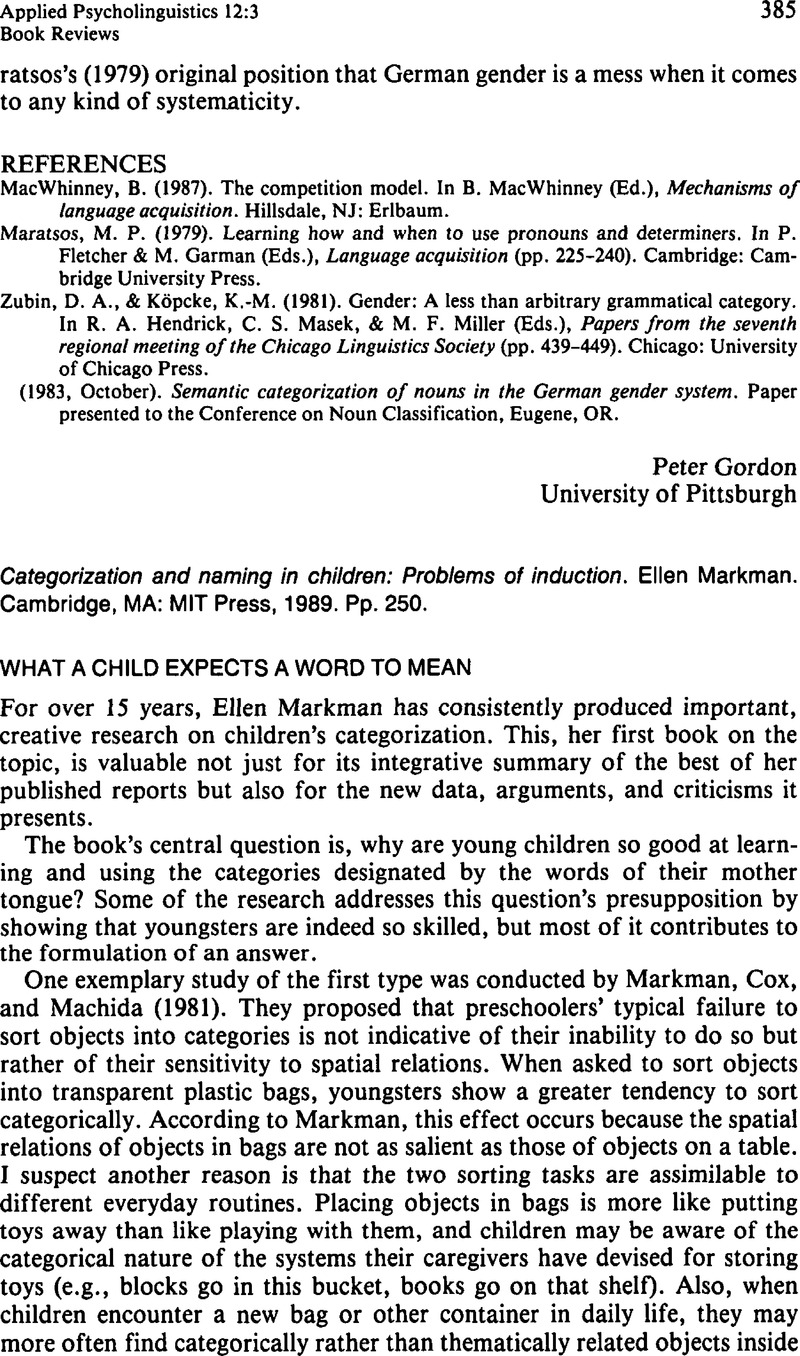Crossref Citations
This article has been cited by the following publications. This list is generated based on data provided by Crossref.
Gordon, Katherine R.
and
McGregor, Karla K.
2014.
A spatially supported forced-choice recognition test reveals children’s long-term memory for newly learned word forms.
Frontiers in Psychology,
Vol. 5,
Issue. ,
Baran, Orhun Bugra
and
Cinbis, Ramazan Gokberk
2022.
Semantics-driven attentive few-shot learning over clean and noisy samples.
Neurocomputing,
Vol. 513,
Issue. ,
p.
59.
Brandizzi, Nicolo’
2023.
Toward More Human-Like AI Communication: A Review of Emergent Communication Research.
IEEE Access,
Vol. 11,
Issue. ,
p.
142317.
Dong, Chunru
Wang, Lizhen
Zhang, Feng
and
Hua, Qiang
2025.
Multi-modal Few-shot Image Recognition with enhanced semantic and visual integration.
Image and Vision Computing,
Vol. 157,
Issue. ,
p.
105490.



